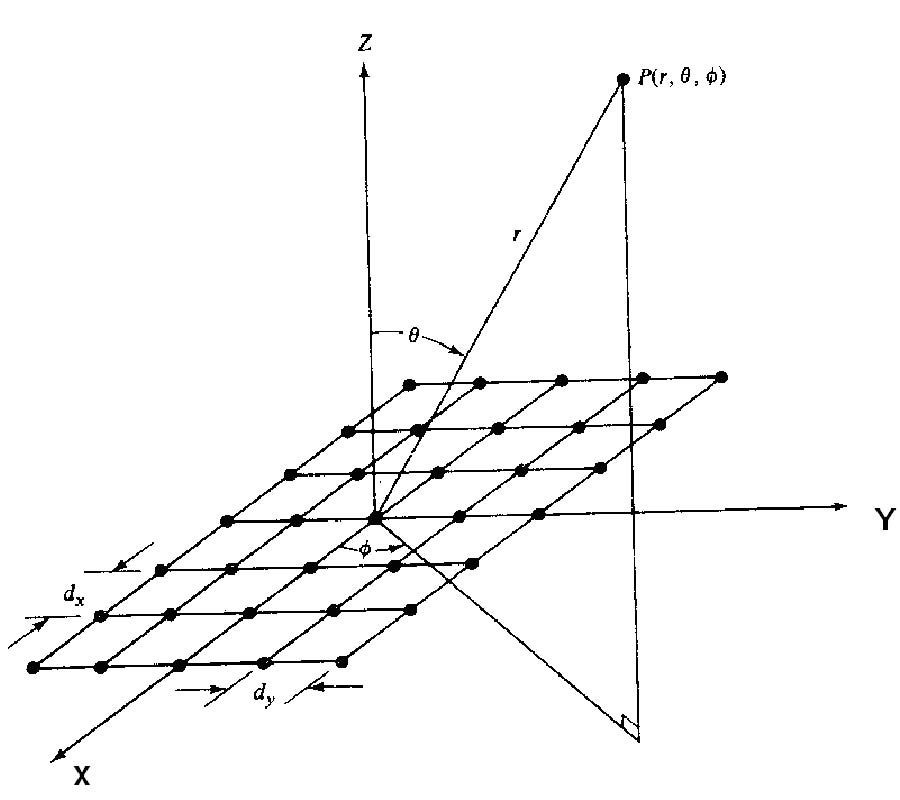2010-05-26 Latest Published
By Hong-Wei Deng
Yong-Jiu Zhao
Lu Zhang
Xue-Shun Zhang
Wei Zhao
Progress In Electromagnetics Research Letters, Vol. 14, 181-187, 2010
Abstract
In this letter, a novel compact UWB bandpass filter (BPF) with sharp rejection skirt is realized using quintuple-mode stub-loaded resonator. The resonator can generate three odd-modes and two even-modes in the desired band. By simply adjusting the lengths of open stubs in shunt and shortcircuited stubs, the first five resonant modes of the resonator can be roughly allocated within the 3.1-10.6 GHz UWB band meanwhile the sixth resonant mode in the upper-stopband can be suppressed. The pair of short stubs can generate two transmission zeros near the lower and upper cut-off frequencies, leading to a sharp rejection skirt. A quintuple-mode UWB BPF is designed and fabricated and the measured results demonstrate the feasibility of the design process.



















